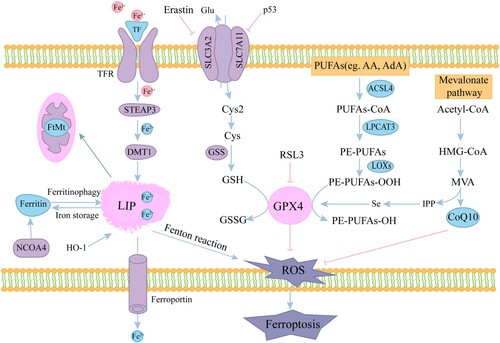Figures & data
Table 1. Features of different kinds of RCD.
Table 2. Iron chelation strategies in hematological malignancies.
Table 3. FINs in hematologic malignancies.

